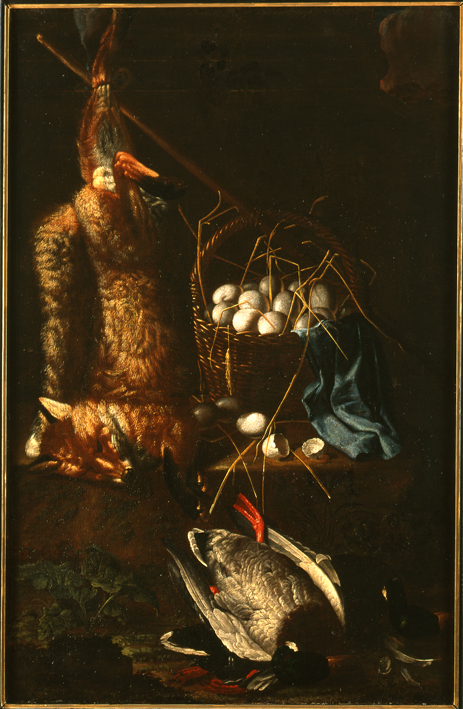
Since time immemorial, the quantity and quality of food was first of all a sign of wealth and social superiority. However, because of a constant race and competition in consumption and gradual reduction of the areas of famine and lack of food, food fashions, refined eating habits and rare and original products gained in importance. However, some beliefs associated with food survived for a very long time. The most important of them was the conviction that all the food and food products formed a logical, vertical hierarchy. On the one hand, it reflected the social hierarchy on the earth, but on the other hand, such arrangement was directed from the earth to the heaven and to God. Depending on whether it was close to the sinful earth or rather the unattainable and perfect heaven, a plant or animal occupied a specific position on the ladder of nutritional beings.
According to this way of thinking, what is linked with the earth, such as turnip, onion, garlic or potatoes, is common and does not have any special culinary value, and as such is mainly the food of lower social classes. On the other hand, something pure, noble and sublime are for example fruits that hang from tall trees, worthy to adorn the tables of the elites. A similar hierarchy applies to animals. The good-old pig, excommunicated in numerous cultures, may even become a nutritional taboo. It is unworthy of being served on the tables of lords, since, being an animal that digs in the earth and wallows in mud, it has positioned itself at the very bottom of food hierarchy. Because of the unambitiousness of the pig family, pork was for a long time the meat of the poor. Czerniecki uses it mostly in the form of fatback. Wielądko (or rather the author of the French original) felt obliged to explain it to the reader why, having presented more than 60 recipes for wether (the meat of castrated fattened male sheep), he added fifteen pork dishes. On the other hand, what attracted the attention of noble and aristocratic gourmets were partridges and chickens, as they would sometimes detach themselves from the earth. On the top of the hierarchy were the high flying ortolans (ortolan bunting,Emberiza hortulana).
The same principle applied also to fish. The fish that swam in deep waters had the status of the pork of the seas, whereas the species that preferred upper water zones (sole, turbot) seemed to be nobler and more precious.
Such vertical hierarchy of food products on the one hand reflects the hierarchy of all the beings: from the earthly to the heavenly ones. On the other hand, such division of food is closely linked with the hierarchy of social classes. The culinary taste of the elites was refined and it dissociated itself from the appetites and habits of common people, which quickly became the object of contempt. However, there were some exceptions in the system, the most striking of them being the career of truffles.
Translation: Lingua Lab
We would like to inform that for the purpose of optimisation of content available on our website and its customisation according to your needs, we use information stored by means of cookies on the Users' end devices. You can control cookies by means of your Internet browser settings. Further use of our website without change of the browser settings means that you accept the use of cookies. For more information on cookies used by us and to feel comfortable about this subject, please familiarise yourselves with our Privacy Policy.
✓ I understand